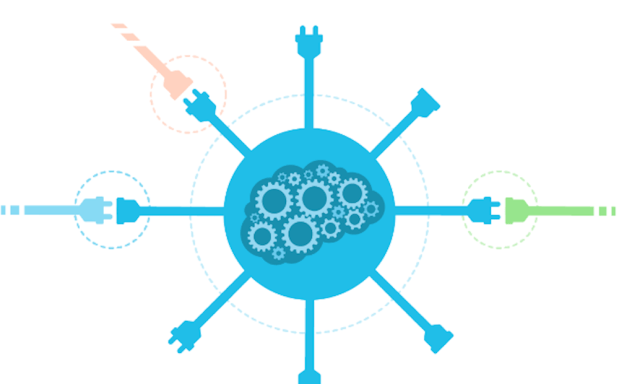Why APIs Are The Beginning — Not The End

From an acronym known mostly by programmers in the early 2000s to something thousands of innovators have embraced to ignite numerous innovative solutions, it’s been an electric journey for the application program interface (API).
According to David Koch, chief commercial officer at financial services provider FI.SPAN — a company that build an API-based platform to connect FinTechs and corporate customers to financial institutions (FIs) — APIs have unleashed an incredible number of opportunities in financial services. Those opportunities would likely not have been possible without the technology, or certainly wouldn’t function as efficiently.
There is, however, a “but.”
“The API hype cycle has all but ignored what it takes to use APIs,” David Koch noted. “Getting buy-in organizationally for using APIs is easy, but most people don’t understand what it takes to make an API useful.”
That’s because people get too focused on the technology part of APIs, the “what,” according to Koch. What’s often missing is the “why,” the myriad use cases for which APIs can add value to the business, and the state of readiness of the end-user to use APIs effectively.
It’s something that can lead to API fatigue at a time when they couldn’t be more important, Koch explained. Currently, the promise of APIs is the same aspect giving way to the obstacles that keep them from achieving all that they can.
APIs are critical stepping stones to the banks’ digital future, he noted. They represent a way to reduce operational costs and allow for the complete automation of business processes that today are only semi-automated.
Bringing Banks Up To Speed
Problem number one, according to Koch, is that apart from the largest, best-resourced and most technologically sophisticated players in banking, most financial institutions are not set up to simply flip APIs on like a light switch.
In fact, even if the head of retail banking was told by the CEO to complete an integration in a month’s time with a very simple API listing of all their ATM locations, most executives would struggle because they don’t have the technology or processes in place to comply with the request.
Two To Tango
Problem number two comes down to whether the bank’s end users themselves can integrate with an API. Koch gave this example to help explain the issue at hand: Let’s say banks can integrate with an API that would help a small to medium-sized business (SMB) customer directly integrate all its payables so the FI can manage bill payment on the customer’s behalf. API technology makes that possible, but to work, the SMB must have the skills to know how to connect to it and use it properly.
That is not something an FI can afford to take for granted, since most of a bank’s customers will lack the requested skill, Koch said. According to FI.SPAN’s estimates, approximately 90 percent of FI SMB customers would be unable or unwilling to code their own connection with a bank’s API, including FIs that have relationships with very tech-savvy businesses.
It’s a problem with which FI.SPAN was created to help, according to Koch — to make sure connections happen in both directions in use cases, adding value for both the API’s enabler and its end user. In fact, he said, FIs that get the most value from APIs are those that view them as ways to do business differently, as neither a starting nor an end point.
“What we’ve seen is that extracting ROI from bank APIs properly is not a destination but a journey,” Koch explained. “[Using them is] a commitment to a process.”